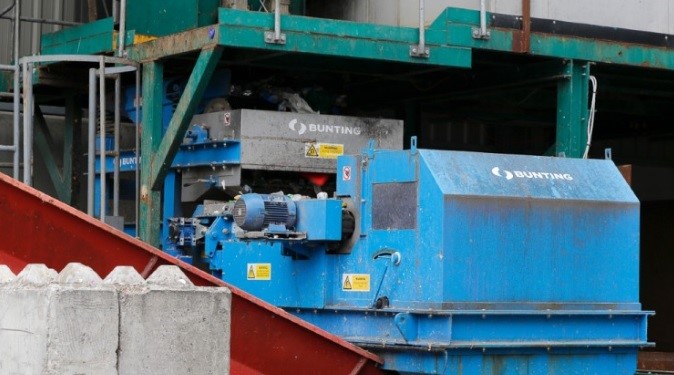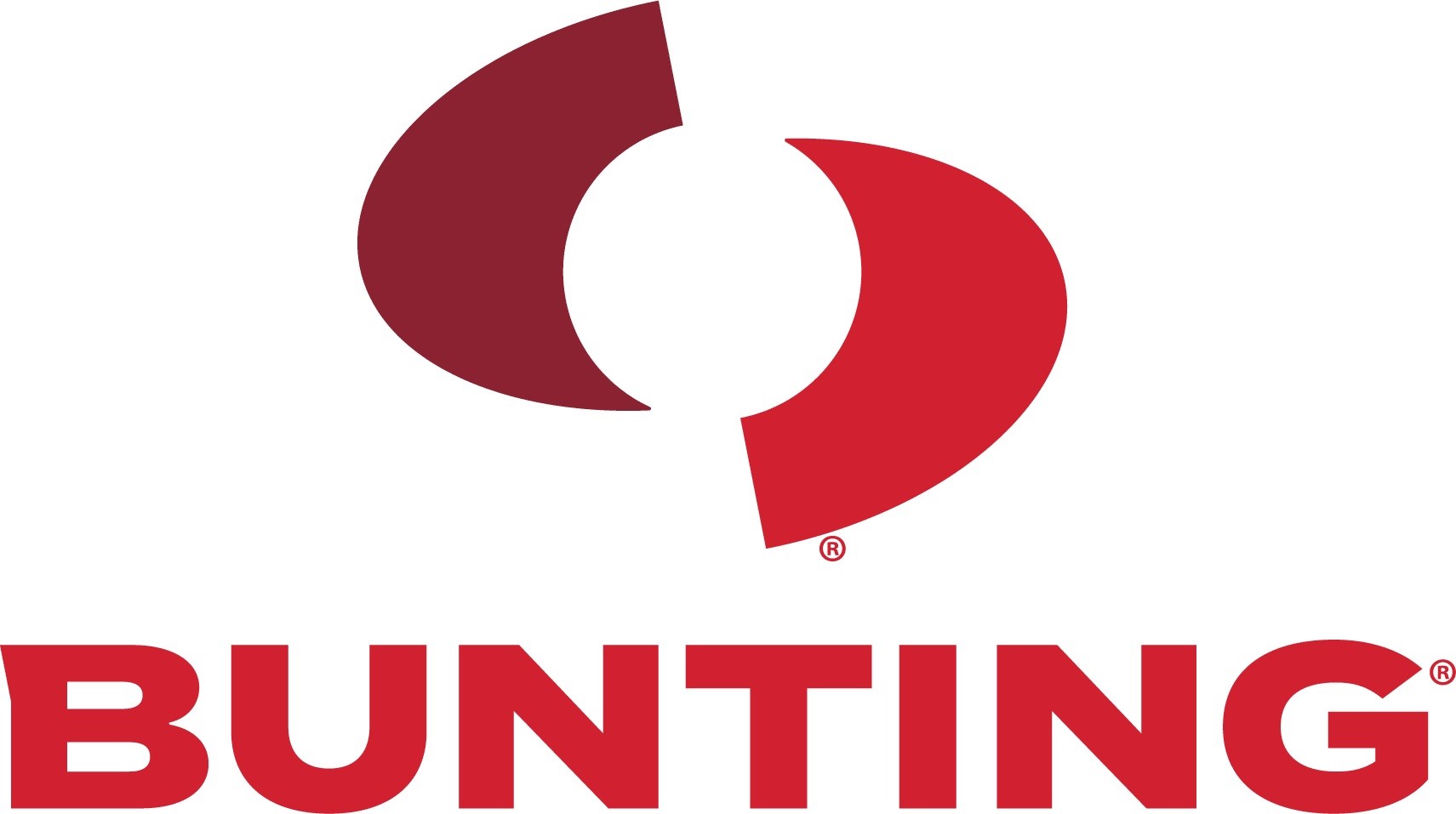

Bunting magnetic separators have been installed by recycling expert Parry & Evans to recover metal from pre-sorted household waste. The firm utilises an Eddy Current Separator to retrieve valuable aluminium, including beverage cans, and a permanent Overband Magnet to collect ferrous metals at its Deeside facility in the United Kingdom, including steel food cans.

The main aim of the magnetic separators is to recycle every last bit of trash. Each year, the Deeside recycling plant processes over 110,000 tonnes of pre-sorted home waste delivered by North Wales authorities, including Flintshire. Other recyclable items like plastic bottles, containers, metals (cans and trays), and other recyclable items can be found in the rubbish.
"The Bunting magnetic separators provide us with effective and reliable metal recovery," said Steve Walker, Parry & Evans site manager.
The magnetic separators are located on a different recycling line, which runs only at night. In use, material feeds beneath the suspended Bunting Permanent Overband Magnet and up an inclined conveyor at a rate of around 2 tonnes per hour.

An Eddy Current Separator is a dual-pulley conveyor system with a high-speed magnetic rotor that rotates independently inside a non-metallic cover. When a non-ferrous metal particle—like aluminium—is transported into the magnetic zone, separation happens. The non-ferrous metal particle is subjected to the magnetic polarity that is rapidly changing. As a result, the particle develops "eddy currents" that cause an electrical current to flow through it (Fleming's left-hand rule), which causes the particle to produce its magnetic field.
The non-ferrous metal particle is repelled by the two magnetic fields, which oppose one another (i.e., North vs North Pole repulsion), changing its course. Due to the altered and unaffected material trajectories, the measured location of a splitter allows for the separation of non-ferrous metals from non-metallic material.
In the Parry & Evans operation, non-ferrous metals like aluminium beverage cans and aluminium trays are violently expelled over the splitter and transported onto a collecting area on a tiny conveyor at around 300 kg/hr. The Overband Magnet, Drum Magnet, and Eddy Current Separator on-site collect metal at about 800 kg per hour, contributing to the financial stability of this area of the Parry & Evans recycling business.
Responses








